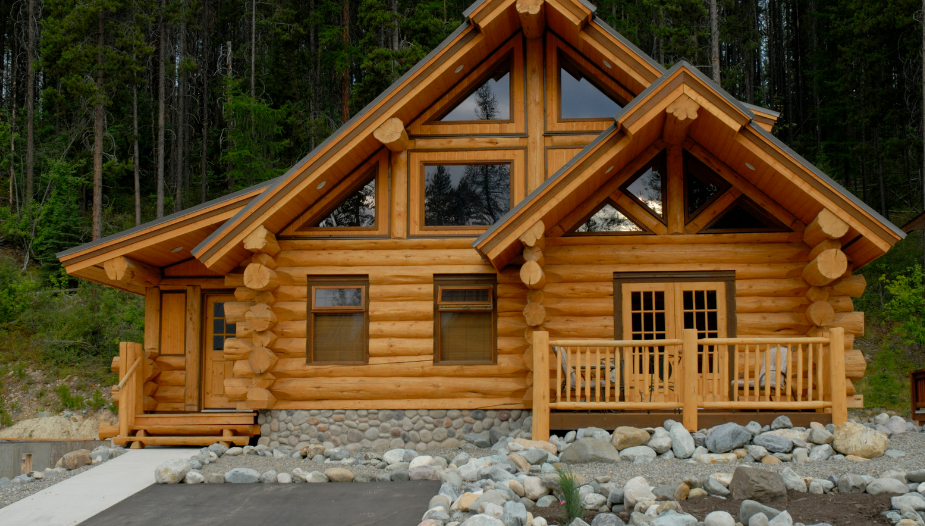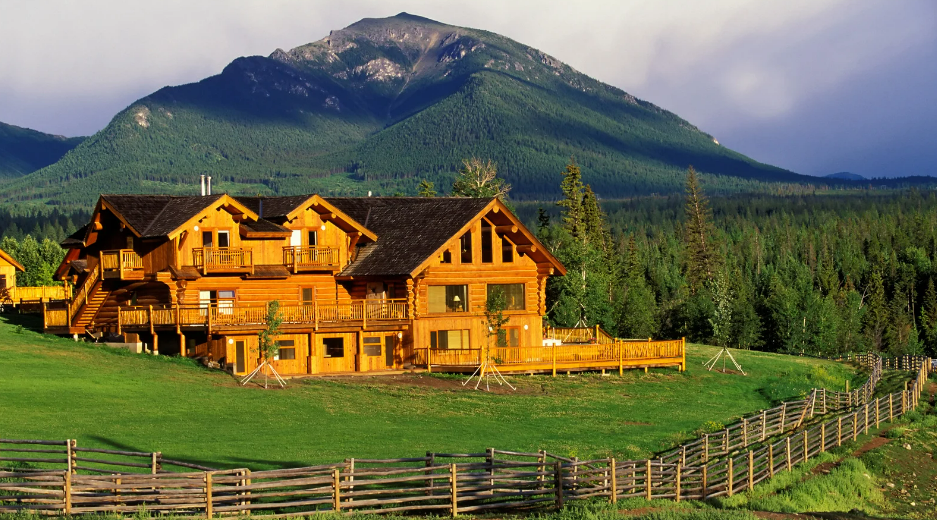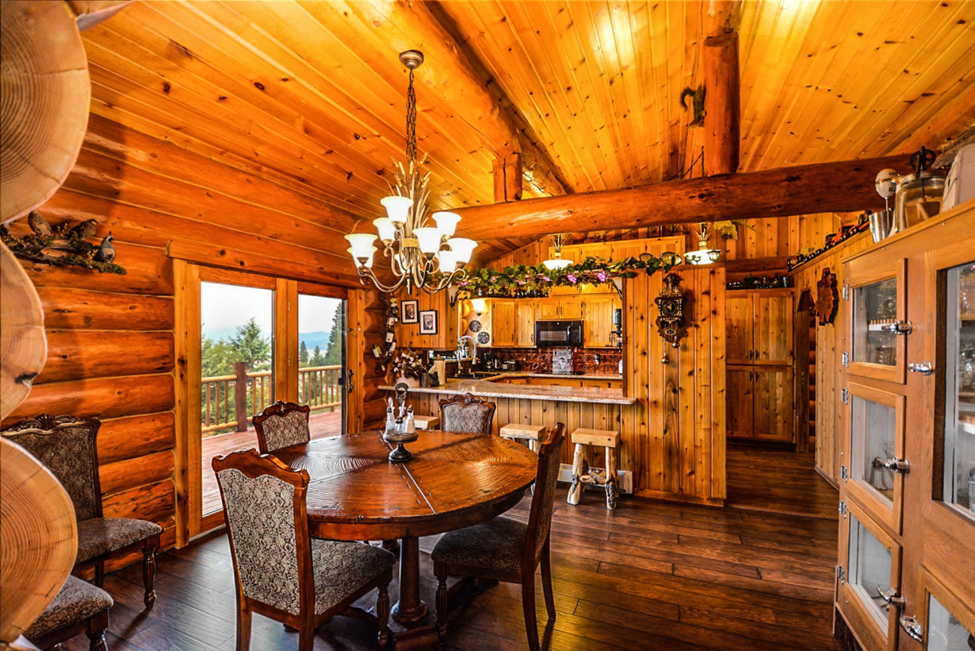Chinks are often defined as fissures, weak spots, or a small slit that’s going to leave a spot on a log that makes it vulnerable. It doesn’t mean that the experts will leave these clefts though because the process of thinking involves a lot of repairs where the gaps are fixed to prevent pests from entering your cabin in the future. See more about a chink on this site here.
In the early days, the settlers generally utilized corn cobs or grasses to fill the gaps. They were very cheap and easily available but not too efficient because frequent replacements are often the case with them. Wood tends to shrink as well as it ages, so the old chinking would generally fall or separate, letting the pests in. Fortunately, methods have improved today, and there are a lot of compounds like elastics and acrylics that have more adherence.
Modern thinking is often utilized for restoration projects or new home construction. However, an excellent result in log home chinking would involve an expert to ensure everything is done right the first time. They are going to make sure that the adhesion will work well, and they are also going to properly prepare the home for winter.
What’s the Application Process?
Although there are a lot of methods that are being utilized, there are preferred products in the market that are being used by professionals. They are often easy to do, and they have the knowledge to use the other tools that go with the chinking material. They are going to place an adequate amount between the logs, and they will smooth it out with trowels so air won’t be able to pass through.

After the initial steps are finished, they will lightly mist the surface with water, and final touches are applied to get their desired finishes. They are going to make a rough or smooth finish depending on the preferences of the homeowners. You can check the map below and see where you can find them through the following:
Is this A Sealant or a Cosmetic Step?
There are a lot of sealing products in the market that will not only make your home beautiful, but they are also going to improve the overall integrity of the entire log home structure. They are going to keep the heat in during wintertime, which can help homeowners save on their heating bills, and they are also going to look fantastic on the outside.
Properly applied materials are also going to keep the insects out, and you can use color contrast, so you can add emphasis to your wall finishes. Anyone can do the application when they can follow the instructions of the manufacturers, and many individuals even take the time to attend seminars and workshops to apply these products.
However, in today’s times, it’s not surprising that many people choose to hire experts and trained contractors so they can do an excellent job of sealing their log homes. Aside from this, the right company has the manpower, tools, time, resources, ladders, lifts, and scaffoldings that will shorten the time it will take for the application of the chinking material. They are going to save you time and money by making sure that the job is done right according to your specifications.
How the Process has Evolved through the Years?
Some products were produced as early as 1981, and there have been a lot of innovations since then. Some companies emphasize adhesion, while others prefer longevity features. As expected, the early prototypes of the chinking product lacked stability when it came to freeze-thaw temperatures, and there were performance issues that were addressed. See post about freeze-thaw at this link: https://www.sciencedirect.com/topics/biochemistry-genetics-and-molecular-biology/freeze-thawing.

Fortunately, today, the materials are now able to work in various environments and extreme temperatures. There are also lots of color palettes that will match your interior decorations perfectly, and you can match the hues and shades according to your desires.
Know that once the material has been installed, there will be no need to repair the chinking product unless it sustains damage. The hard part of the process is to keep people away before the product has the chance to completely cure because there can be fingerprints and indentations that may be visible. However, the experts can easily repair them in sections, and they can smooth out everything with just water and brushes. Make sure to call them when you need help with your log homes for the best results.


More Stories
Planning To Order Semi-Custom Cabinets for the Kitchen? Measure Your Space First
The Complete Guide to Restoring a Chair
Stunning HVAC Systems for High-Altitude Climates